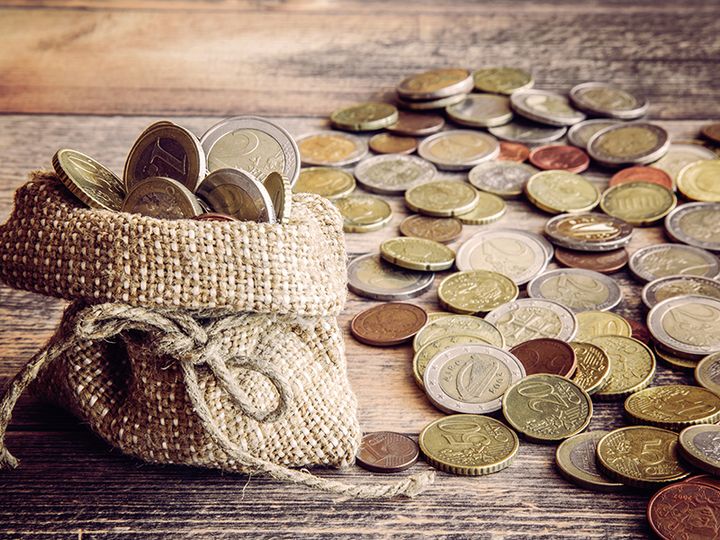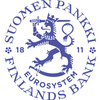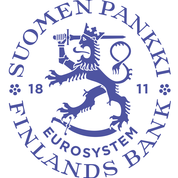Finland’s economy will recover from the pandemic, but growth prospects are weak

The 2020 economic recession looks to remain milder in Finland than elsewhere in the euro area, but due to the second wave of the coronavirus, the coming winter will be difficult. ‘Vaccinations do, however, bring hope of an end to the crisis, both in Finland and around the world. Although the economy will recover from the pandemic and the economic cycle will strengthen, the long-term growth prospects for the Finnish economy remain subdued’, says Meri Obstbaum, Head of Forecasting at the Bank of Finland.
The Bank of Finland has published its forecast for the period 2020–2023. While the Finnish economy will contract substantially in 2020, the contraction will not, at 3.8%, be as sharp as previously projected. COVID-19 will gradually be left behind in the course of 2021 due to the vaccines, and private consumption will generate growth of 2.2% in the Finnish economy. This will strengthen to 2.5% in 2022 and then fall back to 1.5% in 2023, mirroring the subdued conditions for growth in the long term.
While the recession will be milder than feared, it will nevertheless weaken the conditions for economic growth. ‘In response to the second wave of the pandemic, investments will continue to decline, and the recovery of the labour market will be further delayed. The crisis will leave the general government finances still weaker, and the sustainability gap wider’, Meri Obstbaum emphasises. The employment rate is projected to stay at 73% in 2023. Growth prospects are depressed by both population ageing and subdued productivity developments.
The forecast is subject to both upside and downside risks. In the positive scenario, a medical cure will be available already in early 2021 and the economy will, as a result, grow much more quickly than forecast. There remains, however, the danger that the epidemic will spread during the winter and that the public will have to be protected by a wide-ranging lockdown of the economy. If the epidemic cannot be contained, the contraction of the economy may continue in 2021. In a worst-case scenario, the COVID-19 crisis could leave a large permanent scar on the Finnish economy.
Whichever the case, the recovery of Finland's external operating environment will take time, with investments on Finnish export markets lagging clearly behind pre-pandemic forecasts. Finnish exports will make a gradual recovery, driven by export markets. The growth contribution of net exports, i.e. the difference between exports and imports, will be negligible.
Uncertainty over economic developments has caused companies to cut down on investments. Investments are further depressed by lacklustre construction activity. Hence, economic growth will largely hinge on private consumption. Households’ purchasing power will increase over the forecast years, and consumer confidence will strengthen as the threat from COVID-19 fades. In response to households’ increased caution, the threat of unemployment, and reduced opportunities for consumption due to the containment measures introduced, the household saving ratio jumped to a record high. Going forward, income left unused will provide households with more scope for consumption.
Economic policy has been employed to soften the consequences of the recession. The general government balance will deteriorate in 2020 almost as sharply as during the financial crisis in 2009. The widening of the deficit is due to the decline in tax revenues, measures to support the economy, and higher unemployment spending and other expenditures. The general government deficit relative to GDP will be around 7% and will gradually drop to a little over 2% in 2023. The general government debt-to-GDP ratio will rise to 74% in 2023.
For further information, please contact Head of Forecasting, Meri Obstbaum, tel. +358 9 183 2363.
- Presentation 15 December 2020 (in Finnish), Meri Obstbaum, Head of Forecasting
- Euro & talous publication website
Keywords
Images
Links
About Suomen Pankki
The Bank of Finland is the national monetary authority and central bank of Finland. At the same time, it is also a part of the Eurosystem, which is responsible for monetary policy and other central bank tasks in the euro area and administers use of the world’s second largest currency – the euro.
Subscribe to releases from Suomen Pankki
Subscribe to all the latest releases from Suomen Pankki by registering your e-mail address below. You can unsubscribe at any time.
Latest releases from Suomen Pankki
Referensränta och dröjsmålsräntor enligt räntelagen för tiden 1.1–30.6.202622.12.2025 13:30:00 EET | Pressmeddelande
Referensräntan enligt 12 § i räntelagen (633/1982) är 2,5 % för tiden 1.1–30.6.2026. Dröjsmålsräntan för denna period är 9,5 % per år (referensräntan med tillägg för sju procentenheter enligt 4 § i räntelagen). Den dröjsmålsränta som tillämpas i kommersiella avtal är 10,5 % per år (referensräntan med tillägg för åtta procentenheter enligt 4 a § i räntelagen).
Korkolain mukainen viitekorko ja viivästyskorot 1.1.–30.6.202622.12.2025 13:30:00 EET | Tiedote
Korkolain (633/1982) 12 §:n mukainen viitekorko ajanjaksona 1.1.–30.6.2026 on 2,5 %. Viivästyskorko tänä ajanjaksona on 9,5 % vuodessa (viitekorko lisättynä korkolain 4 §:n mukaisella 7 prosenttiyksikön lisäkorolla). Kaupallisiin sopimuksiin sovellettavaksi tarkoitettu viivästyskorko on 10,5 % vuodessa (viitekorko lisättynä korkolain 4 a §:n mukaisella 8 prosenttiyksikön lisäkorolla).
Reference rate and penalty interest rates for 1 January – 30 June 202622.12.2025 13:30:00 EET | Press release
The reference rate under section 12 of the Interest Act (633/1982) for the period 1 January – 30 June 2026 is 2.5 %. The penalty interest rate for the same period is 9.5 % pa (under section 4 of the Act, the reference rate plus seven percentage points). The penalty interest rate applicable to commercial contracts is 10.5 % pa (under section 4 a of the Act, the reference rate plus eight percentage points).
Det är inte läge att skjuta upp lösningarna för Finlands offentliga finanser19.12.2025 11:00:00 EET | Pressmeddelande
Finlands offentliga finanser befinner sig alltjämt långt från balans. För att vända skuldsättningsutvecklingen krävs en betydande konsolidering av de offentliga finanserna och investeringar i tillväxt. Höjningen av de nödvändiga försvarsutgifterna försvårar den offentligfinansiella konsolideringen. Inflationen i euroområdet ligger på målet och ekonomin har vuxit något snabbare än förutsett.
Suomen julkisen talouden ratkaisuja ei kannata lykätä19.12.2025 11:00:00 EET | Tiedote
Suomen julkinen talous on edelleen kaukana tasapainosta. Velkaantumiskehityksen kääntäminen vaatii merkittävää julkisen talouden sopeuttamista ja investointeja kasvuun. Välttämättömien puolustusmenojen kasvattaminen vaikeuttaa tasapainottamista. Euroalueella inflaatio on tavoitteessa ja talous on kasvanut hieman ennustettua paremmin.
In our pressroom you can read all our latest releases, find our press contacts, images, documents and other relevant information about us.
Visit our pressroom

